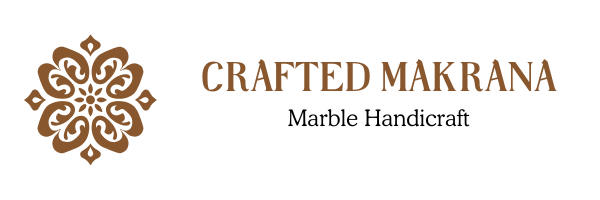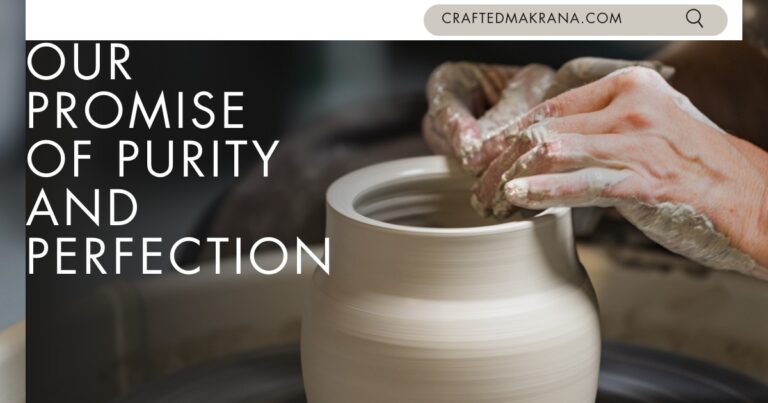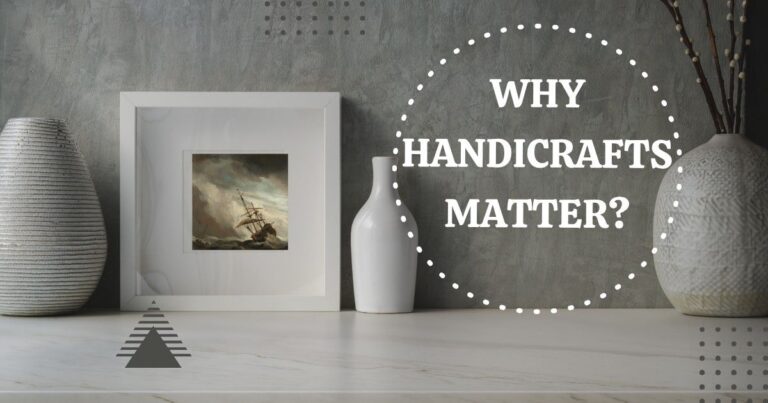Marble has always held a special place in Indian culture. It’s not just a beautiful stone—it’s a symbol of purity, elegance, and royalty. For centuries, Indian artisans and architects have used marble to build timeless monuments, decorate homes, and craft beautiful pieces of art. From the shining white of Makrana marble to the colorful textures from Rajasthan, these are some of the most significant traditional uses of marble that continue to inspire and enrich Indian tradition.

A Glimpse Into History
The use of marble in India goes back thousands of years. One of the most iconic examples is the Taj Mahal, built by Mughal emperor Shah Jahan in memory of his wife Mumtaz. This world-famous monument, made entirely of white Makrana marble, highlights how deeply marble was valued in ancient Indian architecture—not just for its beauty, but also for its strength and lasting nature.
Even before and after the Taj Mahal, marble was widely used in temples, palaces, and forts. From Rajasthan’s marble-clad Jain temples like Ranakpur and Dilwara, to the marble flooring of Mysore Palace, these are some of the most celebrated traditional uses of marble to express devotion, royalty, and artistic excellence.
Marble in Temples and Spiritual Spaces
In Indian culture, marble is often associated with cleanliness and purity, which is why it’s commonly used in temples. The floors, idols, and even pillars of many Hindu, Jain, and Sikh temples are made of marble. It is believed that using white marble creates a peaceful and divine environment, perfect for prayer and meditation.
Especially in North India, marble is a top choice for making murti (idols) of gods and goddesses. The smooth texture allows artisans to carve fine details in the statues, bringing life to the divine forms.
In Royal Architecture
During the Rajput and Mughal periods, kings and queens used marble to build forts, palaces, and gardens. It was considered a luxury material, a sign of status and power. You can still see beautiful marble works in places like the City Palace in Jaipur, Udaipur’s Lake Palace, and the Red Fort in Delhi, which feature intricate inlaid marble designs.
The famous art of Pietra Dura (marble inlay work) was brought to India by the Mughals. This involved embedding colored stones into marble to make floral and geometric patterns. These are classic examples of traditional uses of marble that continue to inspire architects and artisans even today in parts of Agra and Jaipur.
Everyday Use and Modern Influence
Even in modern Indian homes, marble hasn’t lost its charm. Many people use it for flooring, kitchen countertops, bathroom walls, and decorative items like vases, trays, and even nameplates. These are some practical traditional uses of marble that keep the house cool in hot Indian summers while adding a royal touch effortlessly.
In rural India, small temples made of local marble can be found in homes or courtyards. In urban areas, people often place a small marble mandir (temple) inside their house for daily worship, continuing the legacy of marble’s cultural and spiritual significance.
Marble Handicrafts: A Cultural Treasure
From pen holders to plates, coasters to candle stands—marble handicrafts are a beautiful part of India’s art and gift culture. These are often hand-painted or decorated with traditional Rajasthani patterns and are gifted during festivals, weddings, or kept as home décor.
Conclusion
Marble is not just a stone—it’s a storyteller. From majestic palaces to quiet home temples, it connects India’s glorious past with its vibrant present. Whether used in ancient temples, grand monuments, or modern living rooms, these are some of the most celebrated traditional uses of marble that continue to bring beauty, peace, and pride to Indian life and architecture. It’s truly a timeless gift from the earth that India has cherished for generations.






